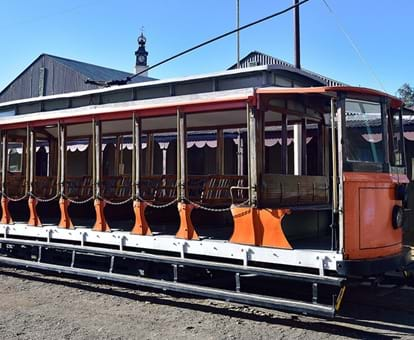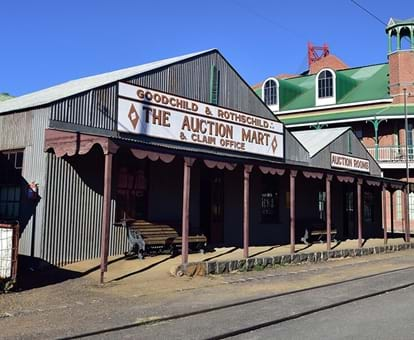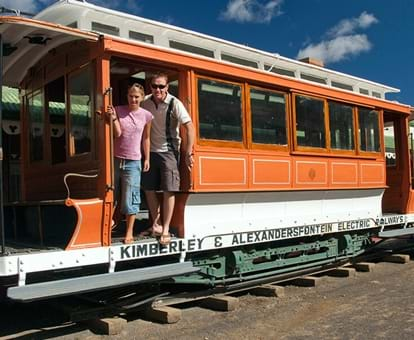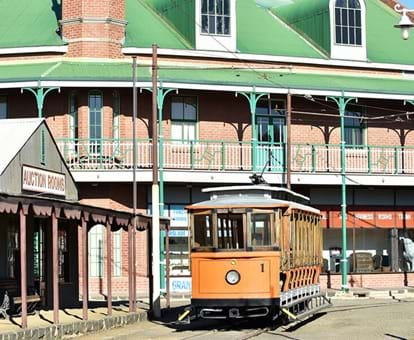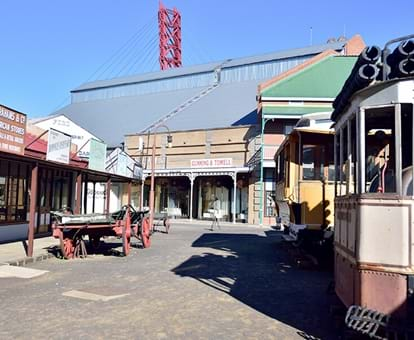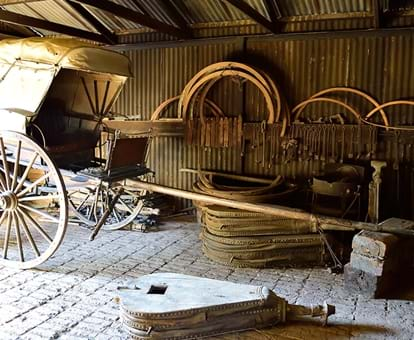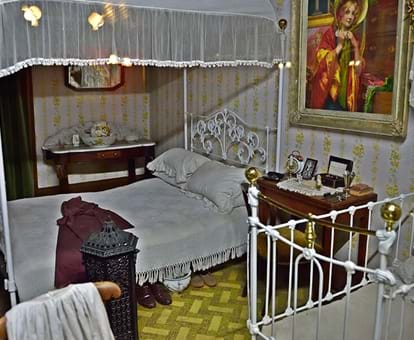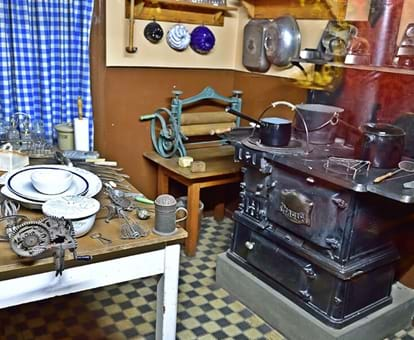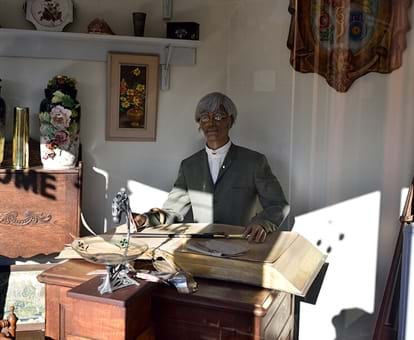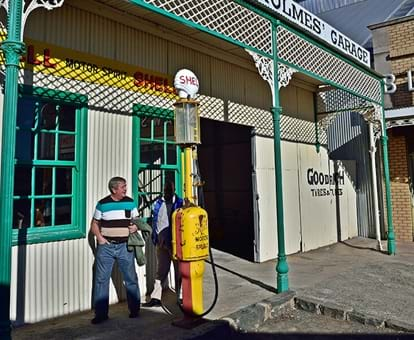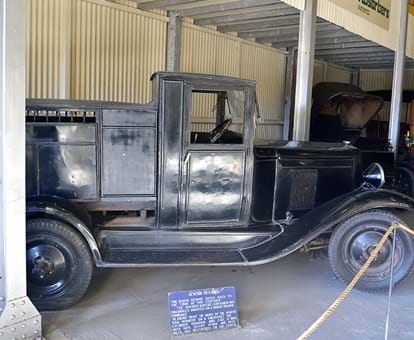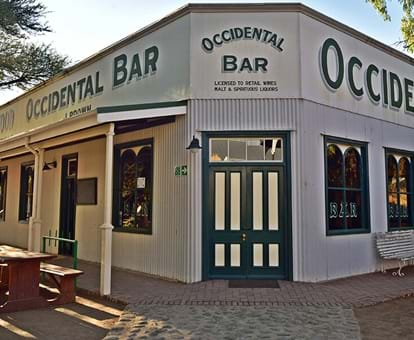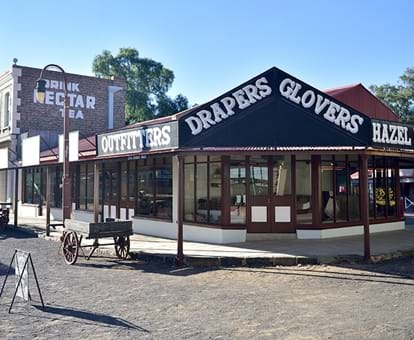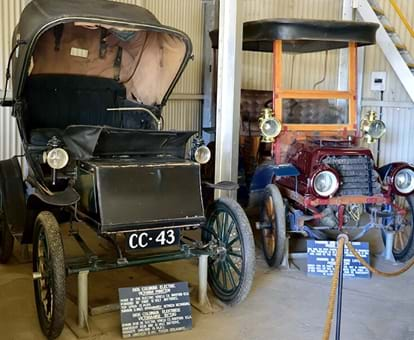By creating an account, I agree to the
Terms of service and Privacy policy
Choose your country and language:
Africa
Americas
Asia Pacific
Europe
IIt was a wild and crazy time. People from all over the world descended on diamond-rush Kimberley in the hope of making a fast fortune from the glittering gems. It was the first town in Africa to have electrical streetlights and the Kimberley tram made its first journey in 1887.
The vintage Kimberley tram dates back to a time when the town was the “bright lights, big city” of Africa. Prospectors from the far corners of the world made their way to diamond-rush Kimberley and transformed a hill where diamonds were discovered in 1871 into the historic Big Hole.
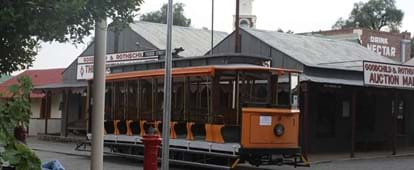
RRetailers, drinking spots, houses, gambling joints and dance halls sprang up around the Big Hole and Kimberley became a magnet for adventurers, swindlers, rogues and ladies of the night. By 1887, when the tram first started transporting people to the ever-expanding Big Hole, the town was flourishing.
NNow you can take the 20-minute ride on the vintage tram around the Big Hole. The tram is painted orange, as it has always been, and has been well maintained with its original wooden seats and steering on both sides.
Tickets are sold on the tram, which starts at the Kimberley Mine Museum situated in original and meticulously reconstructed buildings. Here you can experience what it was like for the original diamond miners to go down a mineshaft in a lift or “cage”. Simulated dynamite explosions add to the realism.
Kimberley’s vintage trams, Northern Cape
TThe Kimberley Mine Museum is home to the Eureka, the first diamond discovered in the region and arguably the single most important gem in South Africa’s mining history.
The tram heads from the museum past historical features such as the original mining shaft and the authentic West End bar. The tram journeys round the Big Hole to the viewing deck where visitors have a visceral view into it, before making its way back again.
Related articles

